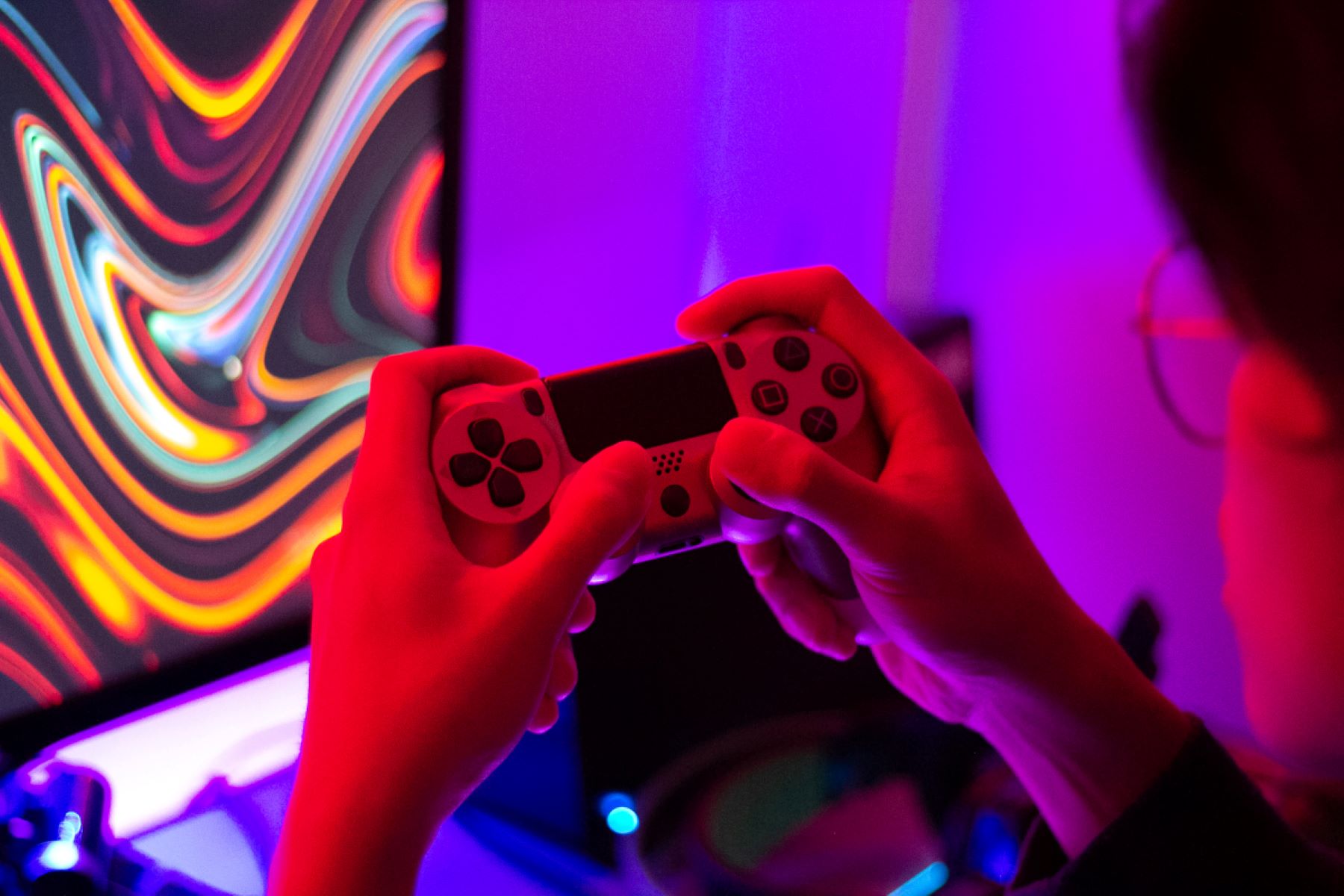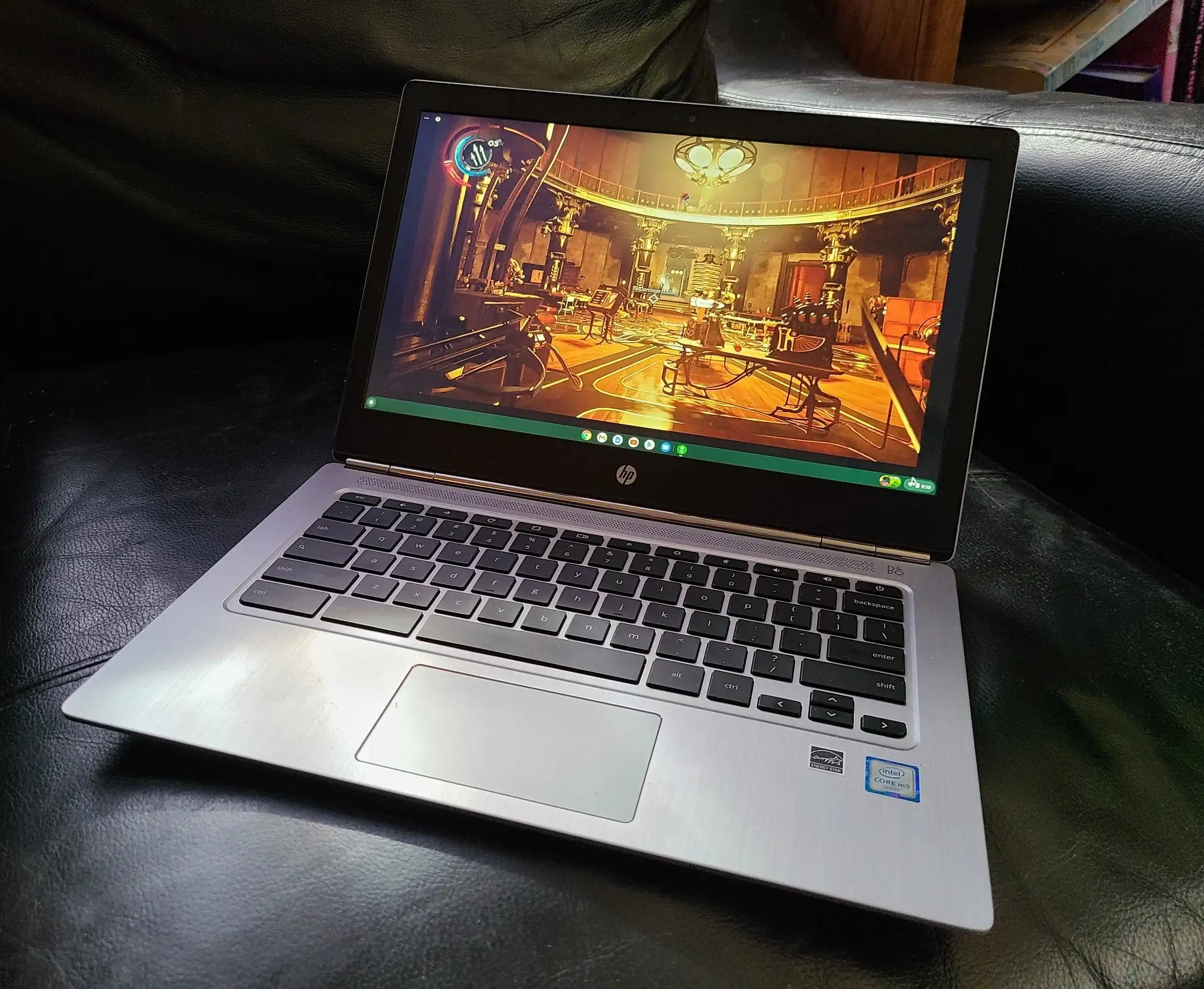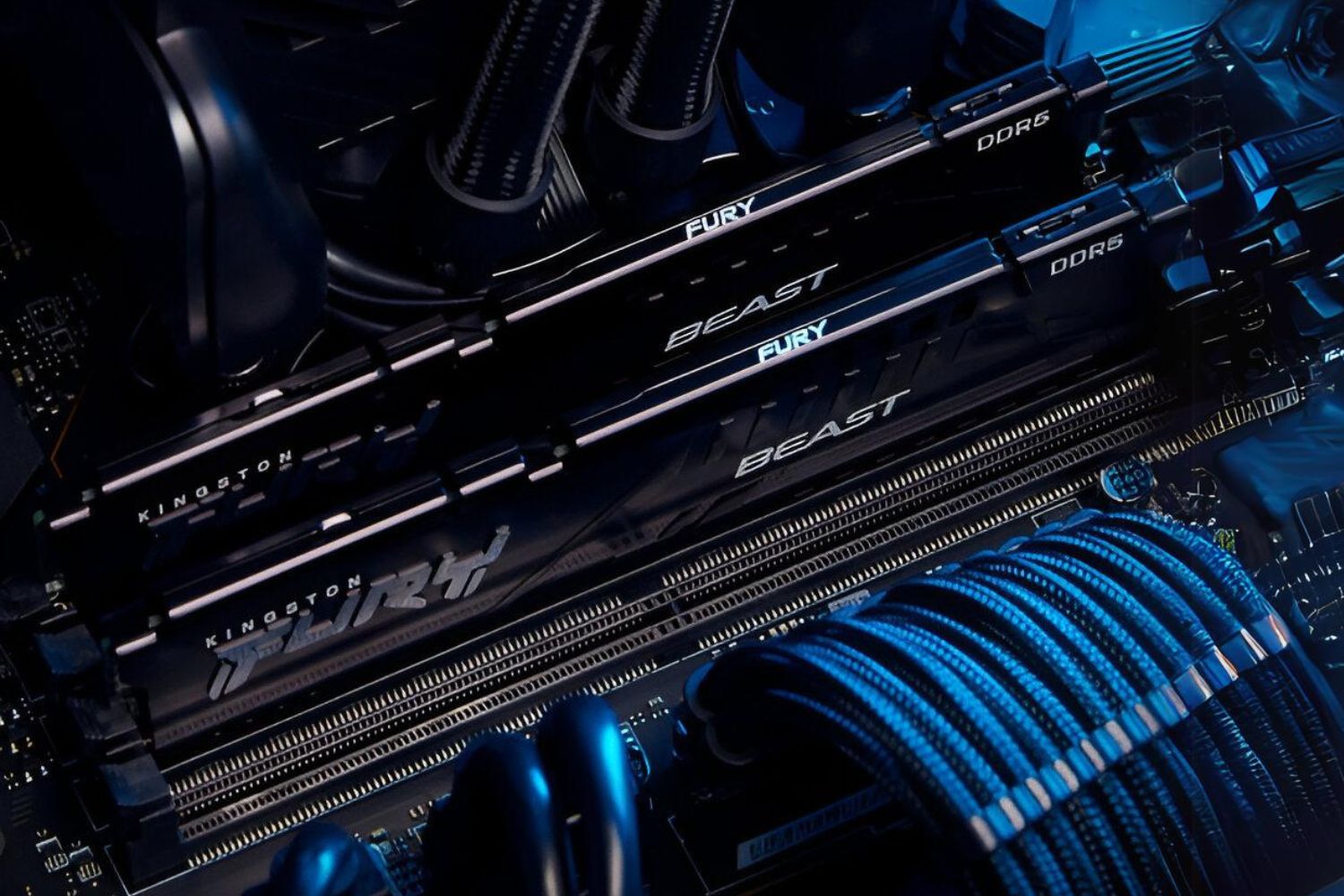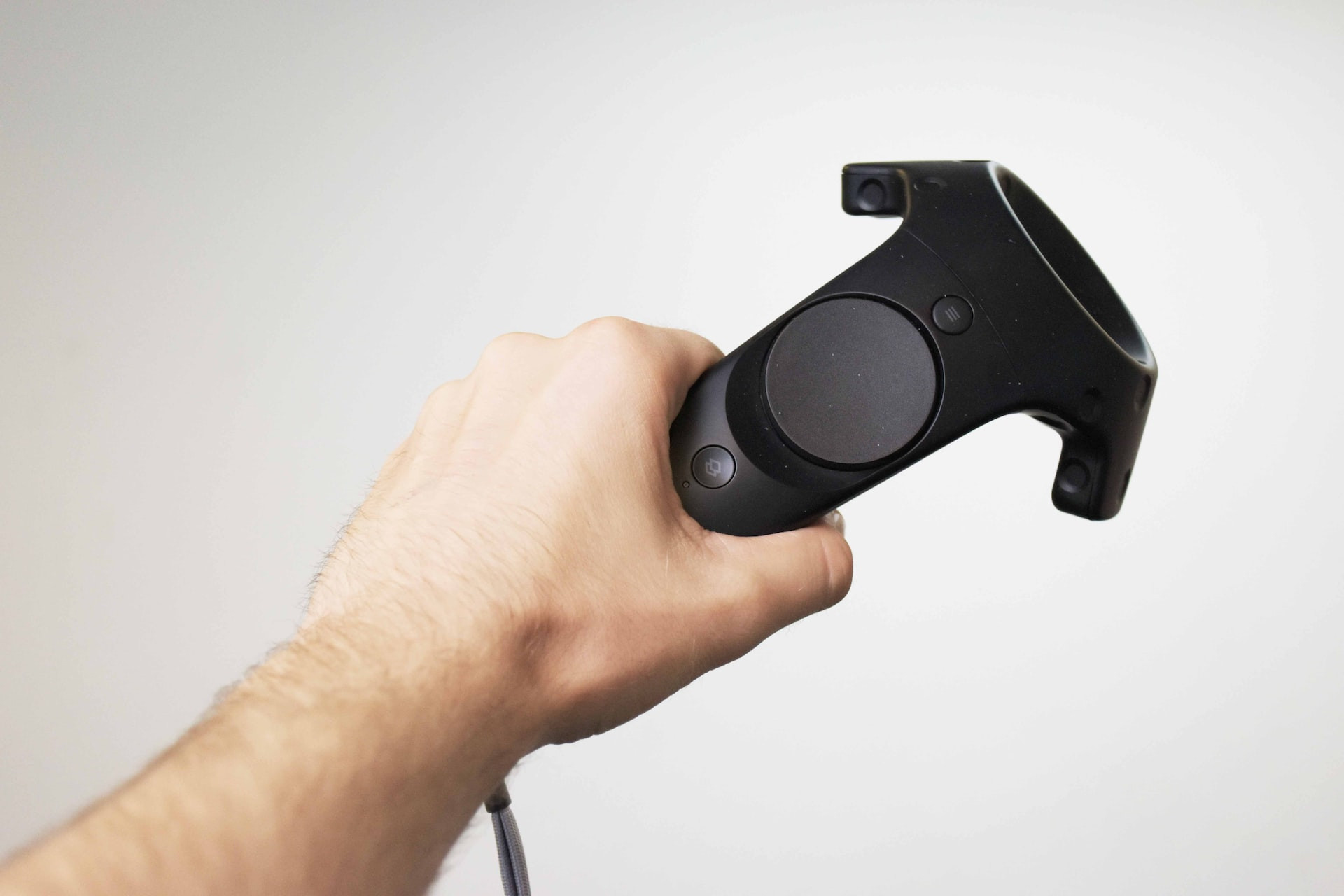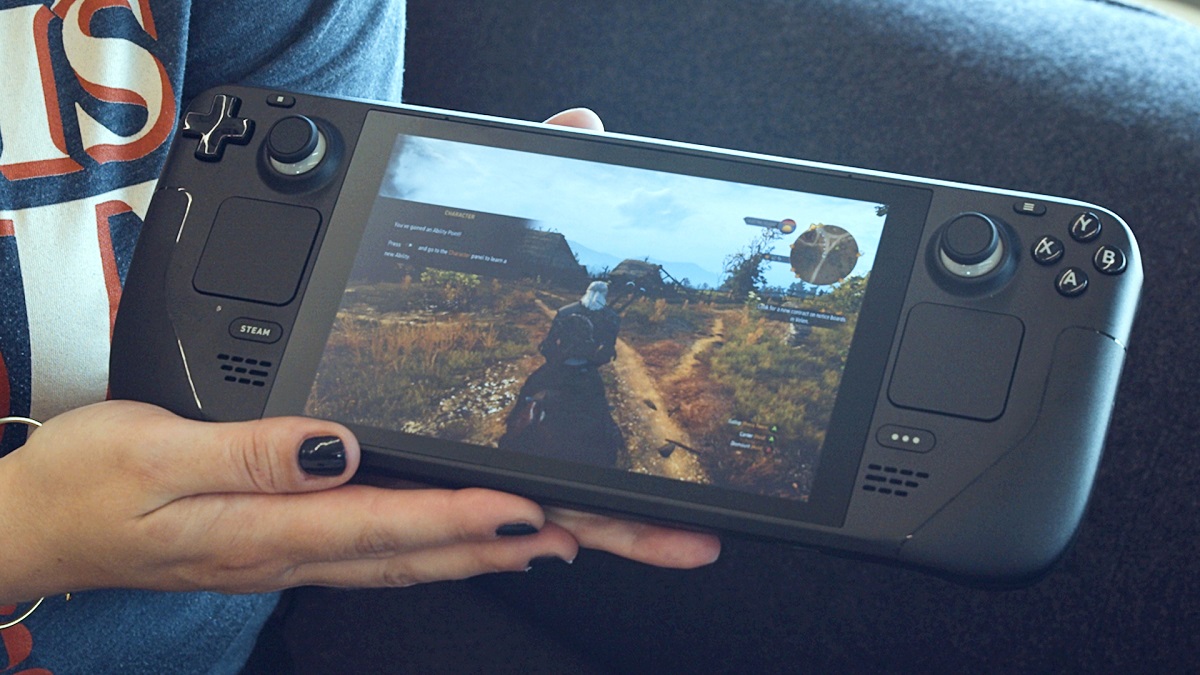Introduction
Introduction
Are you a PC gamer who prefers to use a keyboard and mouse over a game controller? Or perhaps you have encountered issues with Steam recognizing your preferred input device? Whether you're looking to troubleshoot controller-related problems or simply want to prevent Steam from detecting your gamepad, this guide will walk you through the process of making Steam overlook your controller.
Navigating the vast world of PC gaming can sometimes lead to unexpected hurdles, and controller compatibility is a common area of concern for many players. Fortunately, there are methods to ensure that Steam focuses solely on your preferred input method, whether it's a keyboard, mouse, or a different type of controller.
In this guide, we will explore various techniques to achieve this, ranging from utilizing Steam's built-in settings to employing third-party software. By following these steps, you can tailor your gaming experience to suit your preferences and resolve any controller-related issues that may arise.
With the goal of enhancing your gaming journey in mind, let's delve into the methods for making Steam disregard your game controller, allowing you to enjoy seamless gameplay with your preferred input device.
Disabling Controller Support in Steam
Steam, the popular gaming platform, offers a straightforward method for managing controller support within its settings. By disabling controller support, you can ensure that Steam does not recognize or respond to connected game controllers. This can be particularly useful if you encounter conflicts between your preferred input device and a connected gamepad.
To begin, launch the Steam client on your computer and navigate to the “Steam” menu located at the top-left corner of the window. From the dropdown menu, select “Settings” to access the Steam settings interface.
Within the settings interface, locate the “Controller” tab, which houses various options related to controller configuration and support. Here, you will find the “General Controller Settings” option, which allows you to enable or disable controller support across all games within your Steam library.
Upon selecting “General Controller Settings,” you will be presented with a checkbox labeled “Enable the Steam Input Per-Game Setting.” By unchecking this option, you effectively disable controller support within Steam, preventing the platform from detecting and responding to connected game controllers.
Once you have disabled controller support, Steam will prioritize other input devices, such as keyboards and mice, without interference from game controllers. This ensures that your preferred input method remains the primary means of interaction while gaming through the Steam platform.
By following these steps to disable controller support within Steam, you can customize your gaming experience to align with your input preferences and resolve any issues related to controller recognition within the platform.
Using Third-Party Software
While Steam provides native options for managing controller support, utilizing third-party software can offer additional flexibility and customization when it comes to bypassing controller detection within games. These software solutions can empower you to exert finer control over your input devices and ensure that your preferred method of interaction takes precedence over game controllers.
One popular third-party software option is AntiMicro, a versatile tool that enables users to map controller inputs to keyboard and mouse commands. By mapping your gamepad inputs to keyboard or mouse actions, you can effectively trick games into recognizing your controller as a different input device, thereby bypassing direct controller detection.
After installing AntiMicro, you can create custom input profiles for specific games, allowing you to tailor the controller emulation to suit each game’s unique requirements. This level of customization empowers you to seamlessly integrate your preferred input method, whether it’s a keyboard, mouse, or a different type of controller, while circumventing any unwanted recognition of game controllers by the game or platform.
Another noteworthy third-party software solution is x360ce, which specializes in emulating Xbox 360 controller inputs. This can be particularly beneficial for games that prioritize Xbox 360 controller compatibility, as x360ce can intercept and redirect controller signals, effectively masking the presence of a gamepad and allowing you to utilize alternative input devices without interference.
By leveraging third-party software such as AntiMicro and x360ce, you can gain granular control over controller emulation and seamlessly integrate your preferred input devices into your gaming experience. These tools empower you to bypass direct controller detection and ensure that your gaming sessions remain tailored to your input preferences, free from the constraints of unwanted controller recognition.
Troubleshooting and Tips
While implementing the methods to make Steam disregard a game controller, you may encounter specific challenges or seek additional tips to optimize your gaming setup. Here are some troubleshooting steps and valuable tips to assist you in achieving a seamless gaming experience:
- Driver Updates: Ensure that your input device’s drivers are up to date. Outdated or incompatible drivers can lead to recognition issues within Steam and games. Visit the manufacturer’s website to download and install the latest drivers for your input device.
- Restart Steam: If you encounter persistent controller recognition problems, consider restarting the Steam client. A fresh start may resolve any temporary glitches that could be affecting the platform’s detection of input devices.
- Verify Game Settings: Some games offer specific options to manage controller support within their settings menus. Explore the in-game settings to check for options related to input devices and controller detection. Adjusting these settings can help override default controller recognition behaviors.
- Community Forums and Support: Engage with the gaming community and seek advice on dedicated forums or support channels. Other players may have encountered similar issues and can offer valuable insights and workarounds based on their experiences.
- Test Different USB Ports: If you’re using a wired controller, try connecting it to different USB ports on your computer. A faulty or unstable USB port could contribute to controller recognition issues.
- Custom Input Mapping: Explore the option to customize input mapping within games that support it. Some titles allow you to manually configure input devices, providing an opportunity to prioritize specific input methods over others.
- Software Compatibility: When using third-party software for controller emulation, ensure that the software is compatible with your operating system and the games you intend to play. Compatibility issues can hinder the effectiveness of controller bypass methods.
- Community Scripts and Profiles: Investigate community-generated scripts and profiles for third-party controller emulation software. These resources may offer pre-configured setups for popular games, streamlining the process of integrating your preferred input devices.
By leveraging these troubleshooting steps and tips, you can address potential hurdles related to controller recognition while optimizing your gaming environment to align with your input preferences.







